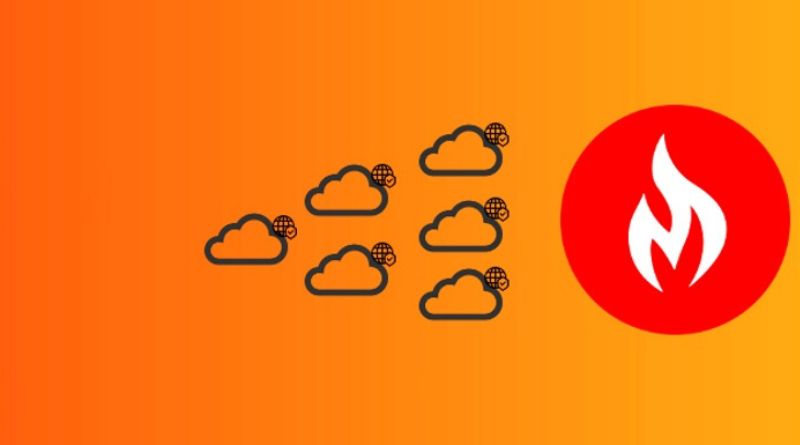As businesses continue to embrace cloud-native technologies, Kubernetes and containerization have become instrumental in building scalable, efficient, and agile applications. Kubernetes is an open-source container orchestration platform that automates the deployment, scaling, and management of containerized applications. Containers offer numerous benefits, including consistency, portability, and isolation. However, with the proliferation of these technologies, ensuring Kubernetes and container security has become paramount. In this blog, we will delve into the challenges, best practices, and tools to secure Kubernetes and containerized environments effectively.
Understanding the Challenges of Kubernetes and Container Security
While Kubernetes and containers streamline application deployment and management, they introduce unique security challenges. Some of the common challenges include:
a. Container Vulnerabilities: Containers may contain vulnerable software or misconfigured applications, potentially allowing attackers to exploit these weaknesses.
b. Container Breakouts: If an attacker successfully escapes the container’s isolation and gains access to the host system, it can lead to a significant security breach.
c. Privilege Escalation: If not adequately configured, containers might grant excessive privileges to users, increasing the risk of unauthorized access and control.
d. Image Trust and Supply Chain Attacks: Relying on untrusted container images or using compromised image repositories can expose applications to supply chain attacks.
Implementing Best Practices for Kubernetes and Container Security
To mitigate the risks associated with Kubernetes and container security, organizations should adopt a set of best practices:
a. Use Trusted Images: Only use container images from trusted sources or build them internally, ensuring they undergo regular security scans and adhere to best practices.
b. Keep Software Updated: Stay on top of security patches and updates for both Kubernetes and containerized applications to minimize vulnerabilities.
c. Apply Least Privilege Principle: Limit container permissions to the minimum required for proper functioning to reduce the potential impact of a successful attack.
d. Regular Security Audits: Conduct frequent security audits and assessments of your Kubernetes clusters and containerized applications to identify and address potential weaknesses.
e. Monitor and Log Activities: Implement robust monitoring and logging solutions to detect unusual behavior and potential security incidents in real-time.
f. Network Segmentation: Segment Kubernetes clusters from external networks and between different components to limit the attack surface and prevent lateral movement.
g. Harden Host Systems: Secure the underlying host systems running Kubernetes nodes to prevent unauthorized access and container breakouts.
h. Secure Kubernetes API: Apply authentication, authorization, and encryption mechanisms to protect the Kubernetes API server from unauthorized access.
Kubernetes Security Tools
To fortify Kubernetes and container security, there are several specialized tools and platforms available:
a. Kubernetes Network Policies: Network policies help define and enforce communication rules between pods, controlling traffic flow and enhancing security.
b. Container Image Scanners: Tools like Clair, Trivy, and Anchore Engine scan container images for vulnerabilities, ensuring only secure images are deployed.
c. Kubernetes Secrets Management: Utilize tools like HashiCorp Vault or Kubernetes native secrets management to securely store and manage sensitive data.
d. Runtime Security: Runtime security tools like Falco and Sysdig Secure monitor container activities in real-time, detecting anomalous behavior and potential threats.
e. Kubernetes Admission Controllers: Leverage admission controllers to enforce security policies and perform validation checks before admitting objects into the cluster.
Cloud Provider Security Features
Public cloud providers offer additional security features to enhance Kubernetes and container security:
a. AWS EKS Security Groups: Amazon EKS leverages security groups to control traffic between pods and services, ensuring secure communication within the cluster.
b. Azure Kubernetes Service (AKS) RBAC: Azure AKS supports Role-Based Access Control (RBAC), enabling fine-grained control over cluster permissions.
c. Google Kubernetes Engine (GKE) Security Features: GKE provides features like Binary Authorization and Pod Security Policies to enhance container security.
Conclusion
Kubernetes and containerization have revolutionized the way applications are developed and deployed, enabling organizations to achieve unprecedented agility and scalability. However, this shift also brings forth new security challenges that must be addressed proactively. By implementing best practices, adopting specialized security tools, and leveraging the security features provided by cloud providers, organizations can bolster Kubernetes and container security significantly.
Securing Kubernetes and containers is an ongoing process, requiring constant monitoring, regular updates, and a vigilant approach to emerging threats. A well-executed security strategy will not only protect your cloud workloads but also instill confidence in stakeholders, ensuring a safe and resilient environment for your applications and data in the cloud-native era.

